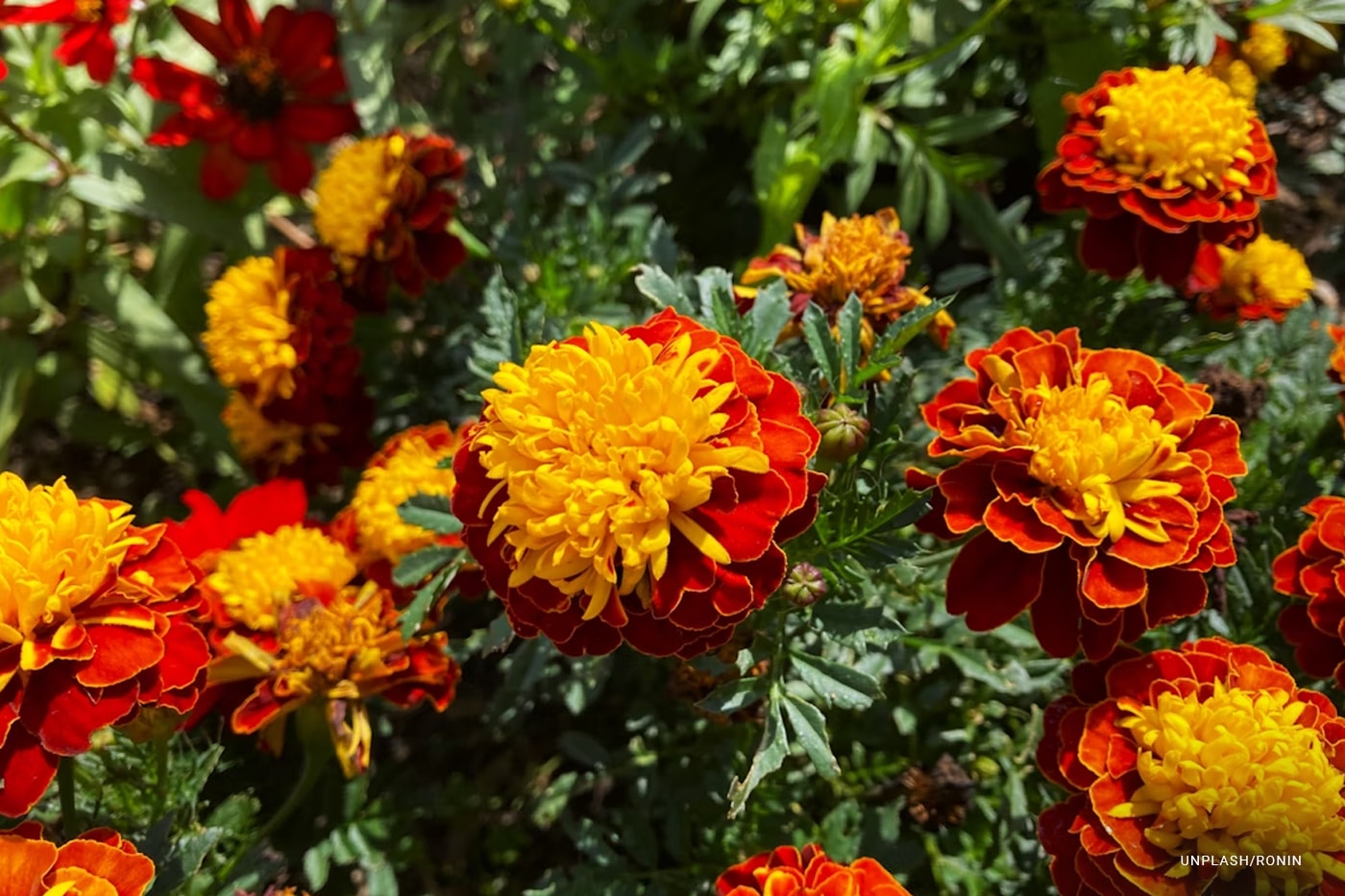Ornamental plants are plants grown primarily for their decorative or aesthetic value rather than for food, medicine, or other practical uses. They are used to enhance the beauty of gardens, landscapes, indoor spaces, and public areas.
Contents []
Common Types of Ornamental Plants:

- Flowering plants – like roses, marigolds, petunias
- Foliage plants – such as ferns, calatheas, or crotons
- Shrubs and bushes – like boxwood or azaleas
- Trees – such as cherry blossoms or ornamental maples
- Climbers and vines – like bougainvillea or clematis
- Succulents and cacti – used for decorative, low-maintenance arrangements
Purposes of Ornamental Plants:
- Beautify homes and gardens
- Improve mood and well-being
- Enhance architectural features
- Attract pollinators like bees and butterflies
- Serve as privacy screens or hedges
Transform Your Foundation Landscape with Ornamental Plants
Using ornamental plants in foundation landscaping is a strategic approach to enhance the aesthetic appeal and functional value of residential and commercial properties. Foundation landscaping involves designing the area immediately surrounding a building’s foundation, which, when executed thoughtfully, can significantly improve curb appeal, provide environmental benefits, and contribute to the overall harmony of the landscape design.
Importance of Ornamental Plants in Foundation Landscaping
Ornamental plants serve multiple purposes in foundation landscaping. They add visual interest, create a welcoming atmosphere, and can also serve practical functions such as screening unsightly foundation walls or utilities. Additionally, these plants can help in controlling soil erosion, managing water runoff, and providing habitat for beneficial insects and birds.
Types of Ornamental Plants Suitable for Foundation Landscaping

Choosing the right plants is crucial for successful foundation landscaping. The selection depends on factors such as climate, soil type, sunlight exposure, and maintenance requirements. Commonly used ornamental plants include:
- Evergreen Shrubs: such as boxwood, holly, and yew, which provide year-round structure and color.
- Perennials: like hostas, daylilies, and coneflowers, offering seasonal blooms and variety.
- Ornamental Grasses: such as fountain grass and blue fescue, adding texture and movement.
- Flowering Shrubs: including azaleas, hydrangeas, and rhododendrons, which provide vibrant blooms during specific seasons.
Design Considerations
When incorporating ornamental plants into foundation landscaping, several design principles should be considered:
- Scale and Proportion: selecting plants that complement the size of the building and foundation area.
- Color Coordination: choosing plants with foliage and flowers that harmonize with the building’s exterior color scheme.
- Maintenance: considering the upkeep requirements to ensure the landscape remains attractive over time.
- Plant Placement: strategic positioning to avoid obstructing windows, vents, or pathways while maximizing visual impact.
Benefits of Using Ornamental Plants
Implementing ornamental plants in foundation landscaping offers numerous advantages:
- Aesthetic Enhancement: improves the overall appearance of the property, increasing curb appeal and potentially property value.
- Environmental Benefits: contributes to biodiversity, improves air quality, and supports local ecosystems.
- Energy Efficiency: strategically placed plants can provide shade, reducing cooling costs in warmer months.
- Privacy and Screening: helps in creating private outdoor spaces by screening views from neighbors or passersby.
Maintenance Tips
To ensure the longevity and beauty of ornamental plants in foundation landscaping, regular maintenance is essential. This includes proper watering, mulching, pruning, fertilizing, and pest control. Additionally, seasonal adjustments such as replacing annuals or dividing perennials can keep the landscape vibrant and healthy.
In conclusion, using ornamental plants in foundation landscaping is a valuable practice that combines aesthetic appeal with functional benefits. Thoughtful selection and placement of plants can transform the area around a building into a visually pleasing, environmentally friendly, and functional landscape feature, enhancing the overall value and enjoyment of the property.



